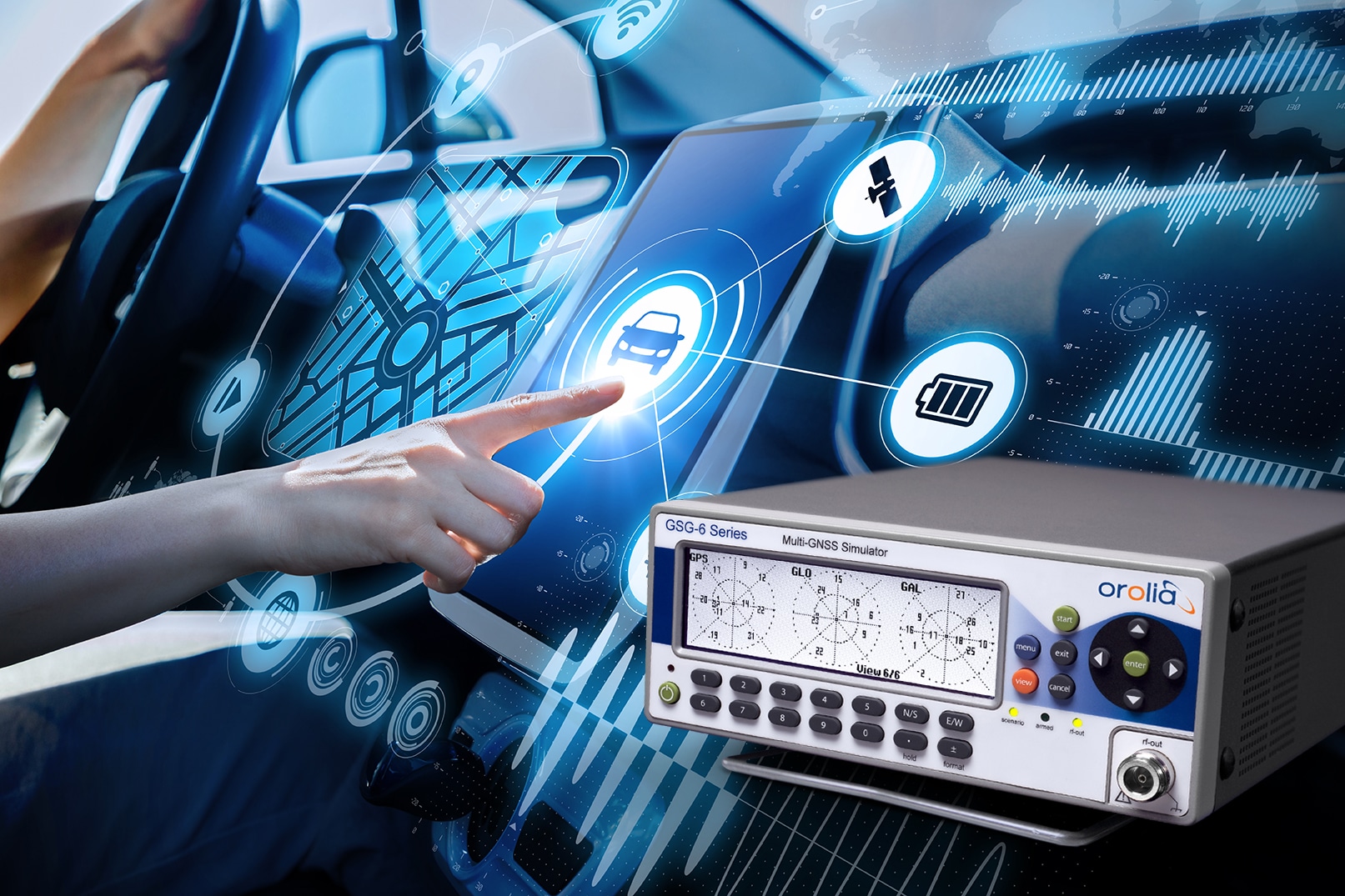GNSS Testing for Automotive Infotainment
All these systems need to be thoroughly tested by suppliers and integrated into cars during multiple phases by R&D, Validation and Production.
In the old days, production plants relied on a GPS repeater. It was cheap, but difficult to use to 100% in car production. In fact, due to costs and time, only a limited percent of car were tested randomly — and manually — outside of the factory, since GPS signal is only available outdoors.
The problem: there were too many GPS reception interferences, it was not repeatable as live sky and it was not possible to test a GPS signal from another location other than the production plant, which most of the time is different from the end customers’ geographic location.
However, Spectracom’s GNSSGlobal navigation satellite system (GNSS): A general term describing any satellite constellation that provides positioning, navigation, and timing (PNT) services on a global or regional basis. See also Simulator GSGA GNSS Signal Generator is a device that is able to create simulated satellite signals and generate real RF signals by first producing I/Q data and calculating the orbits of satellites at a user-defined time, location and trajectory. line improved this testing process and provided a powerful and easy way to use GPS/GNSS simulation testing platforms. From simple to high- end simulation tests, starting with the GSG-51 to GSG-64 product line, 100% production test results were achieved in just a few seconds — repeatedly, any place in the world, with increasing quality KPIs.
Using a simulator is an excellent and affordable way to save time, save lives and save money. Spectracom’s GSG-6, for example, includes multi-constellation, frequency and correction data (10-20 cms vs. 1-2 m), making it ideal for testing automotive infotainment systems. Other key differentiators include a front panel lockout, 31 days of runtime with default data, unlimited runtime with an internet connection, large dynamic range, noise feature, and a handy remote control.
One more thing
With the autonomous driving revolution, GNSS receivers are not only using L1 Band, but also multiple bands to achieve cm position accuracy (vs 1-2 meters accuracy with one band only). When it comes to testing, that means that the L1 band can be be tested as well as the L2 and L5 bands. Instead of using a GSG-51 (single channel, multiple constellation, single frequency), there is now the GSG-61 (one channel, multiple constellations, multiple frequencies), allowing users to get a quick and fail-safe test report.
For more information about Spectracom’s GSG line of simulators, email sales@spectracom.com, call 585.321.5800 or request a quote.


